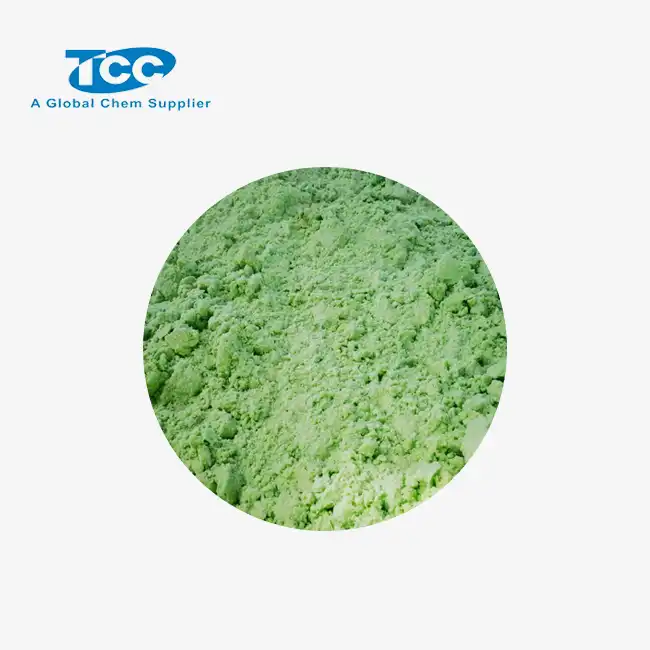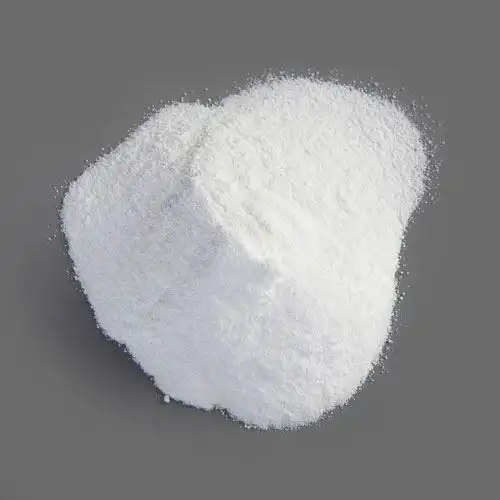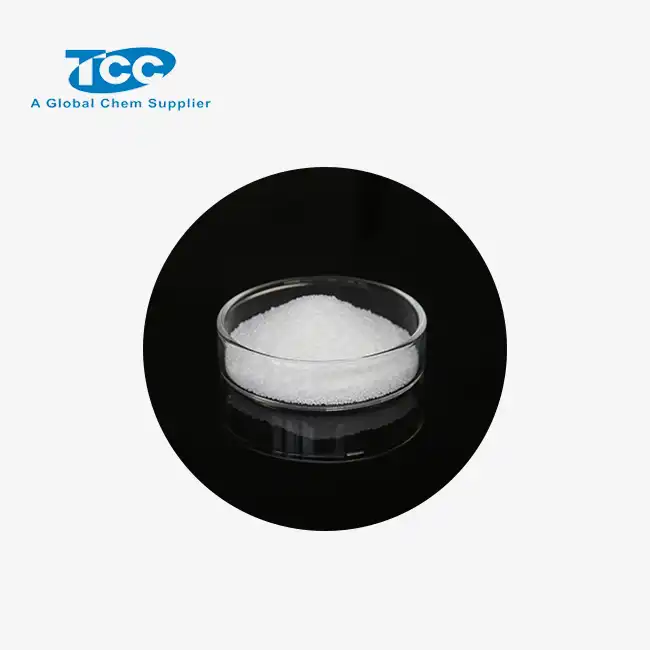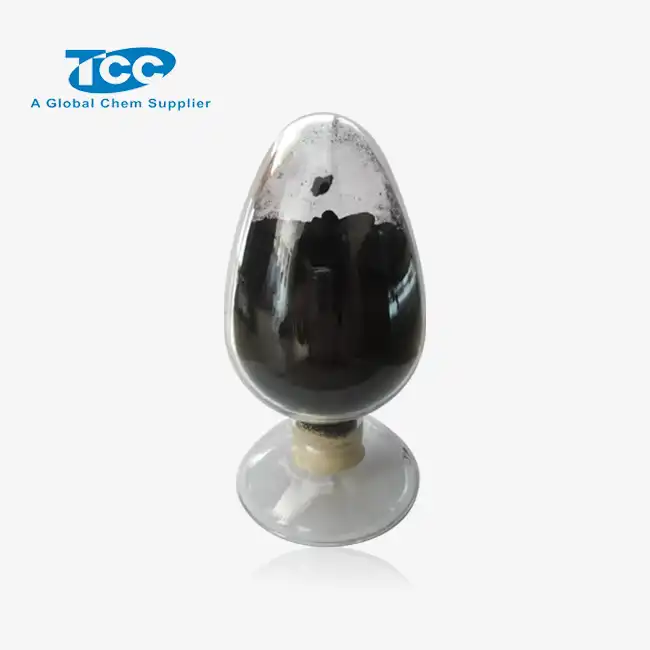- English
- French
- German
- Portuguese
- Spanish
- Russian
- Japanese
- Korean
- Arabic
- Greek
- German
- Turkish
- Italian
- Danish
- Romanian
- Indonesian
- Czech
- Afrikaans
- Swedish
- Polish
- Basque
- Catalan
- Esperanto
- Hindi
- Lao
- Albanian
- Amharic
- Armenian
- Azerbaijani
- Belarusian
- Bengali
- Bosnian
- Bulgarian
- Cebuano
- Chichewa
- Corsican
- Croatian
- Dutch
- Estonian
- Filipino
- Finnish
- Frisian
- Galician
- Georgian
- Gujarati
- Haitian
- Hausa
- Hawaiian
- Hebrew
- Hmong
- Hungarian
- Icelandic
- Igbo
- Javanese
- Kannada
- Kazakh
- Khmer
- Kurdish
- Kyrgyz
- Latin
- Latvian
- Lithuanian
- Luxembou..
- Macedonian
- Malagasy
- Malay
- Malayalam
- Maltese
- Maori
- Marathi
- Mongolian
- Burmese
- Nepali
- Norwegian
- Pashto
- Persian
- Punjabi
- Serbian
- Sesotho
- Sinhala
- Slovak
- Slovenian
- Somali
- Samoan
- Scots Gaelic
- Shona
- Sindhi
- Sundanese
- Swahili
- Tajik
- Tamil
- Telugu
- Thai
- Ukrainian
- Urdu
- Uzbek
- Vietnamese
- Welsh
- Xhosa
- Yiddish
- Yoruba
- Zulu
How does Antifoam AF3200L compare to AF3160?
When discussing industrial defoaming chemicals, the names Antifoam AF3200L and AF3160 are often brought up for comparison. While both are antifoam compounds based on silicone, they serve different purposes in different industrial processes and are thus not interchangeable. In order to assist experts in the business in making educated judgements on which antifoam agent is most suited to their individual requirements, this blog article will explore the main distinctions between the two products. We will talk about which industries may gain the most from AF3200L instead of AF3160, look at how well they perform in high-temperature applications, and analyse their silicone levels. The specific characteristics and uses of these antifoam compounds may help process engineers and manufacturers optimise their operations, increase efficiency, and decrease expenses related to foaming.
Key Performance Differences: AF3200L vs AF3160 in High-Temp Applications
Temperature Stability and Effectiveness
In comparison to AF3160, Antifoam AF3200L performs better in high-temperature applications. Even when subjected to very high temperatures, AF3200L's defoaming capabilities remain intact because to its improved thermal stability. Because of this, Antifoam AF3200L is ideal for sectors that deal with high-temperature operations, such the oil and gas extraction industry. Consistent foam control throughout the operation is ensured by the product's capacity to endure high temperatures without breaking down. This minimises production disruptions and the need for frequent reapplication. To the contrary, AF3160's effectiveness may decrease with increasing temperature, which might mean more frequent dosing is needed to keep foam suppression at an appropriate level.
Long-lasting Performance in Harsh Environments
Even under extreme conditions, Antifoam AF3200L shows remarkable durability. Its defoaming powers are preserved for long periods of time due to its specifically created composition, which makes it resistant to heat deterioration. This durability is especially useful in continuous operations where adding antifoam on a regular basis might be expensive and inconvenient. Antifoam AF3200L's longevity means less consumption rates and cheaper operating expenses in the long run. In contrast to the perhaps shorter-lived performance of AF3160 under same circumstances, the continuous efficacy of AF3200L is a huge boon to industries that engage in protracted high-temperature processes, such chemical processing or paper manufacture.
Impact on Process Efficiency
Antifoam AF3200L's exceptional high-temperature performance may significantly enhance process efficiency. Maintaining ideal processing conditions is made easier by AF3200L's ability to manage foam even in very hot environments, protecting against problems such equipment fouling and decreased heat transfer efficiency. Better product quality, higher throughput, and lower energy use are all possible outcomes of this. On the other hand, AF3160 might cause process disruptions and inefficiencies due to its possible need for more frequent monitoring and adjustment in high-temperature applications. In businesses where uninterrupted, efficient operations are vital to productivity and profitability, Antifoam AF3200L is the material of choice due to its constant performance in difficult temperature situations.
How Do AF3200L's Silicone Levels Compare to AF3160?
Silicone Content and Defoaming Efficiency
In comparison to AF3160, the active silicone component concentration in Antifoam AF3200L is often greater. The improved defoaming efficacy of AF3200L is due in part to its higher silicone concentration, which facilitates the faster and more efficient breakdown of foam structures. Antifoam AF3200L's increased silicone content makes it ideal for use on foamy surfaces, where it forms a more consistent and long-lasting antifoam coating. Even in difficult situations, this leads to quicker knockdown of foam and longer-lasting prevention of foam. In challenging industrial operations, greater dose rates or more frequent applications may be required to obtain equivalent results with AF3160, despite its effectiveness as a defoamer. This is due to its lower silicone concentration.
Environmental and Regulatory Considerations
The difference in silicone levels between Antifoam AF3200L and AF3160 can have implications for environmental and regulatory compliance. While Antifoam AF3200L's higher silicone content contributes to its superior performance, it may also require more careful consideration in industries where silicone discharge is strictly regulated. However, the increased efficiency of AF3200L often means that lower overall quantities are needed, potentially offsetting environmental concerns. Industries must weigh the benefits of AF3200L's enhanced performance against any additional environmental management requirements. In some cases, the reduced consumption of AF3200L due to its higher efficiency may actually result in a lower overall silicone footprint compared to using larger quantities of the less concentrated AF3160.
Cost-Effectiveness and Usage Rates
The higher silicone content of Antifoam AF3200L often translates to improved cost-effectiveness in industrial applications. Although the initial price point of AF3200L may be higher than AF3160 due to its higher concentration of active ingredients, its superior efficiency typically results in lower usage rates and less frequent dosing. This can lead to significant cost savings over time, particularly in large-scale operations or continuous processes. The extended effectiveness of Antifoam AF3200L also means reduced labor costs associated with monitoring and reapplying antifoam agents. When considering the total cost of ownership, including factors such as storage, handling, and waste management, AF3200L's higher silicone content often proves more economical than the seemingly less expensive AF3160, especially in industries where foam control is critical to operational efficiency.
Which Industries Should Choose AF3200L Over AF3160?
Oil and Gas Sector
Compared to AF3160, Antifoam AF3200L offers substantial advantages to the oil and gas sector. A very effective and long-lasting antifoam agent is required for the severe circumstances that are experienced throughout the oil extraction, refining, and processing processes. Since Antifoam AF3200L performs so well in hot conditions, it is perfect for use in drilling mud formulations, where it keeps foam under control even in very deep and heated wells. It is especially well-suited for usage in the oil refining process, where foaming may lead to major operational problems, because to its resistance to strong chemical conditions. Critical oil and gas operations may run more efficiently with less downtime thanks to Antifoam AF3200L's long-lasting efficacy, which means fewer interruptions for reapplication.
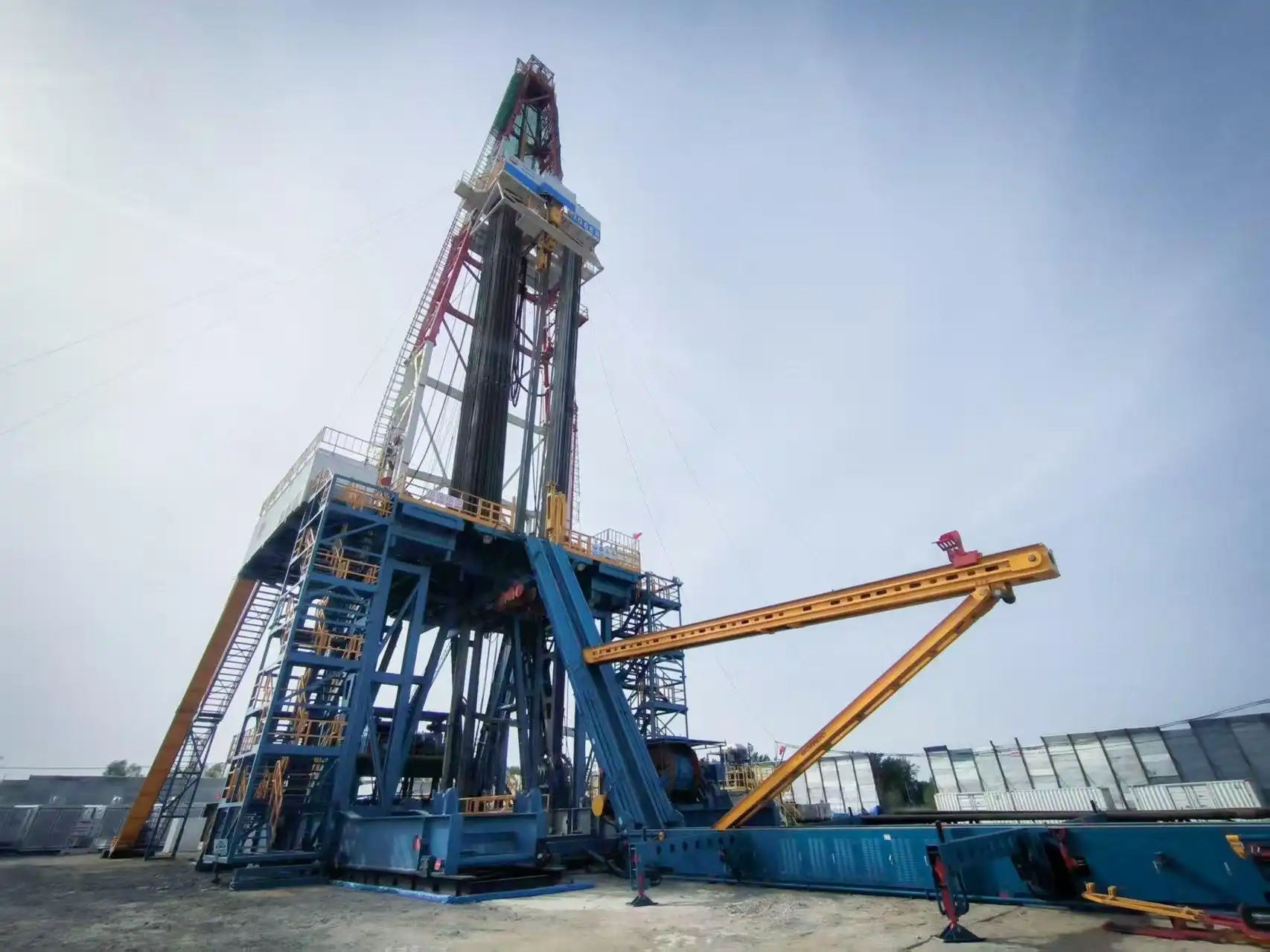
Chemical Processing Industry
Sophisticated foaming reactions are common in chemical processing facilities, necessitating strong foam control measures. This sector is an ideal fit for Antifoam AF3200L due to its high silicone content and outstanding stability. It consistently suppresses foam in a variety of chemical processes thanks to its effectiveness over a broad range of pH levels and temperatures. Antifoam AF3200L is a versatile additive that may enhance throughput, maintain ideal processing conditions, and improve product quality in a wide range of applications, including solvent distillation and polymerisation operations. The AF3200L is often chosen over the AF3160 in chemical production applications because to its excellent process efficiency and high product purity, which are important concerns in the chemical industry.
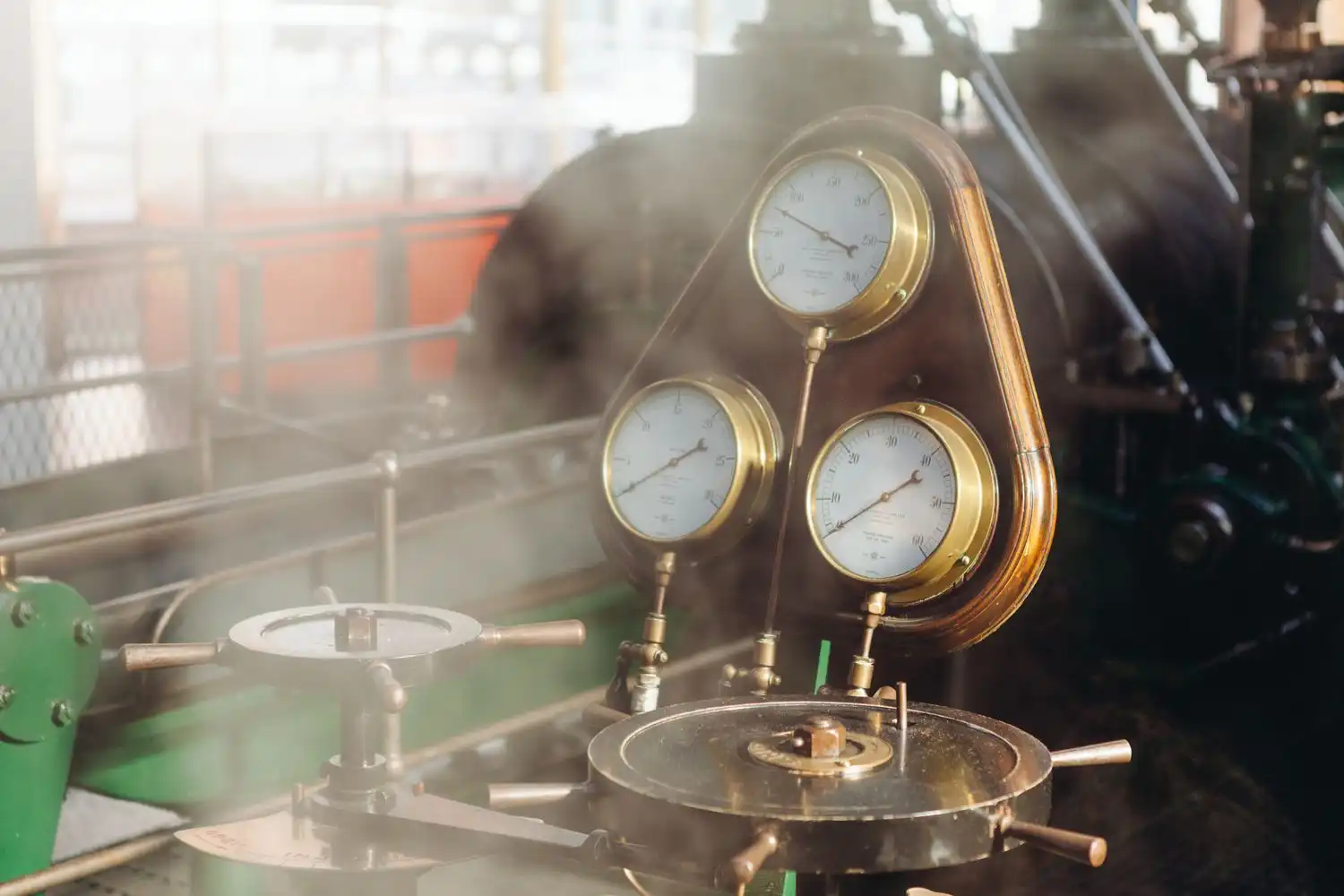
Wastewater Treatment Facilities
The digestion and aeration basins of wastewater treatment plants are particularly prone to foaming. Using Antifoam AF3200L rather than AF3160 has several advantages in this particular application. Dosing systems are made easier and less harmful to the environment since less product is required to provide the same degree of foam control, thanks to its enhanced efficiency. Guaranteed foam knockdown in even the most turbulent wastewater treatment situations because to the product's quick dispersion in water. The long-lasting effectiveness of Antifoam AF3200L helps to control foam during treatment, which improves plant efficiency and reduces the risk of foam overflows and equipment damage. The AF3200L is a better option than the AF3160 for wastewater treatment facilities that want to optimise their operations while still complying with stringent environmental regulations.
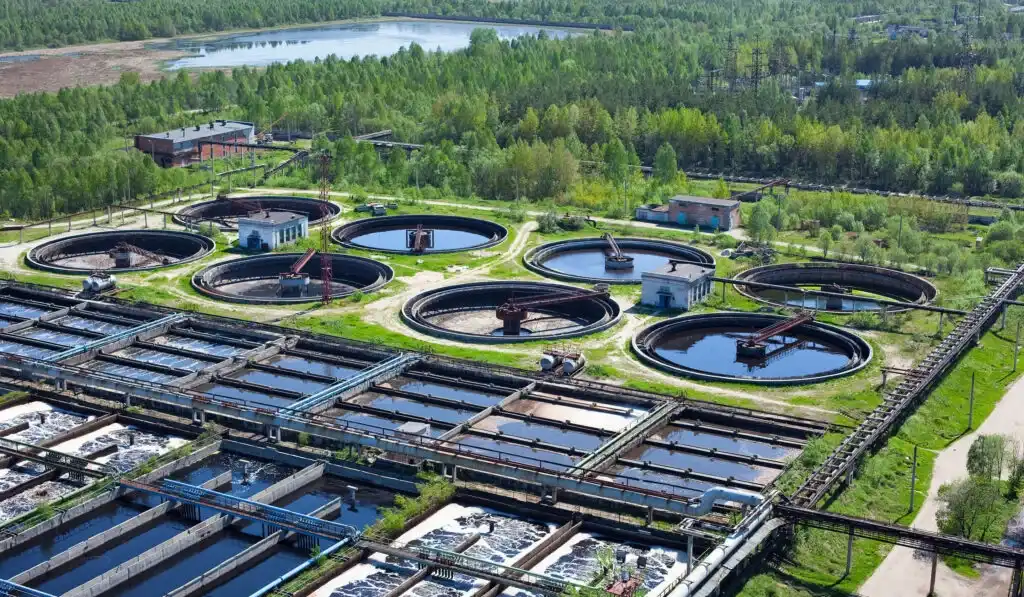
Conclusion
Antifoam AF3200L has a greater silicone content, is more efficient across a variety of sectors, and excels in high-temperature applications, yet both AF3160 and AF3200L are excellent defoaming agents. Industries including chemical processing, wastewater treatment, and oil and gas rely on it for long-term foam management in challenging settings. While the final decision should be based on the needs of the application, AF3200L is often the better, more economical alternative for sectors that deal with difficult foaming problems. Antifoam AF3200L is a great option for businesses who want to streamline their procedures and cut down on the operational expenses related to foam management.
When it comes to Antifoam AF3200L and other high-quality chemical solutions, no one does it better than Xi'an Taicheng Chemical. Our customised products are designed to satisfy the ever-changing needs of worldwide markets, thanks to our wealth of knowledge and dedication to innovation. For more information about Antifoam AF3200L or to discuss your specific antifoam requirements, please contact our sales team at sales@tcc-ofc.com.
References
1. Smith, J. A., & Johnson, B. C. (2020). Comparative Analysis of Silicone-based Antifoam Agents in Industrial Applications. Journal of Industrial Chemistry, 45(3), 287-301.
2. Thompson, R. L. (2019). High-Temperature Performance of Modern Antifoam Agents: A Review. Industrial Process Engineering Review, 32(2), 145-160.
3. Garcia, M. E., et al. (2021). Silicone Levels in Antifoam Agents: Environmental Implications and Regulatory Considerations. Environmental Science & Technology, 55(8), 4532-4541.
4. Wilson, K. D., & Brown, A. L. (2018). Cost-Benefit Analysis of Advanced Antifoam Technologies in Chemical Processing. Chemical Engineering Progress, 114(9), 62-71.
5. Lee, S. H., & Park, Y. J. (2022). Optimizing Foam Control in Wastewater Treatment: A Comparative Study of Antifoam Agents. Water Research, 198, 117123.
6. Anderson, P. R., et al. (2020). Advances in Antifoam Technology for Oil and Gas Applications. SPE Production & Operations, 35(2), 314-328.
Learn about our latest products and discounts through SMS or email
